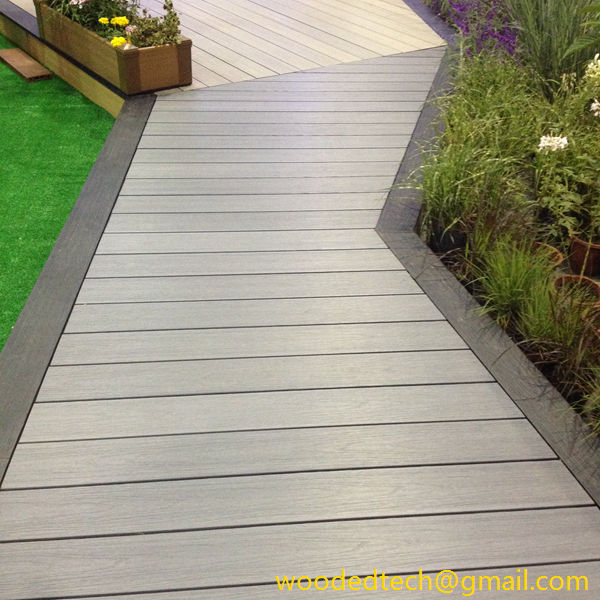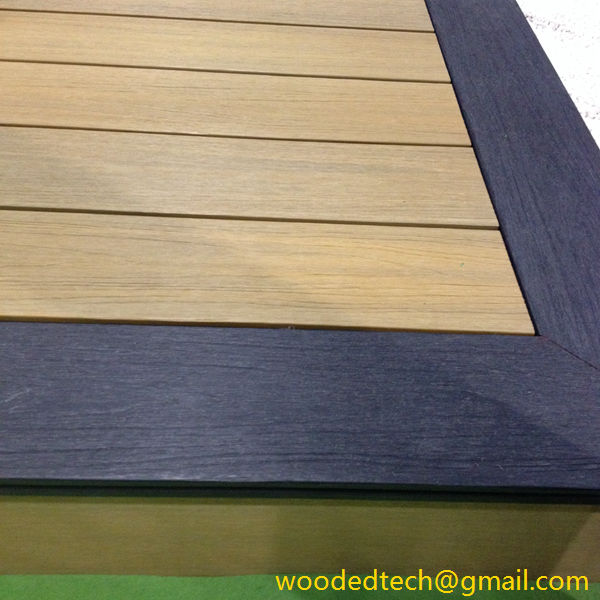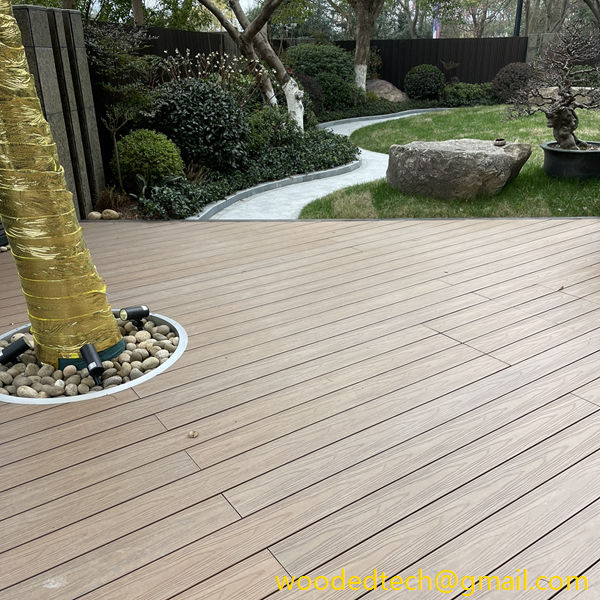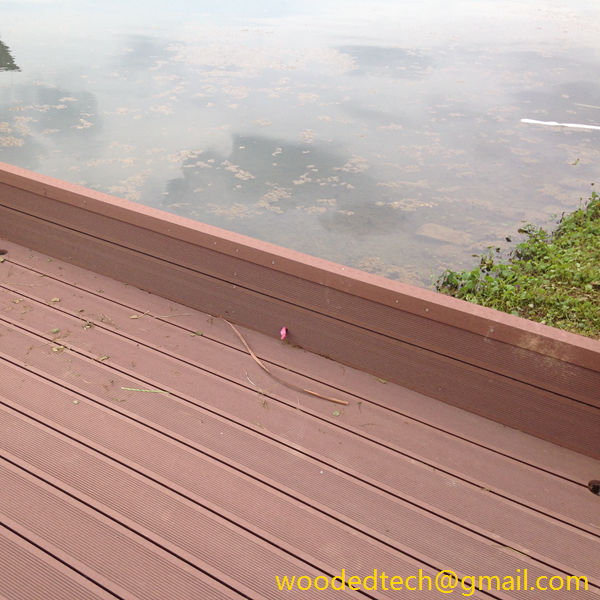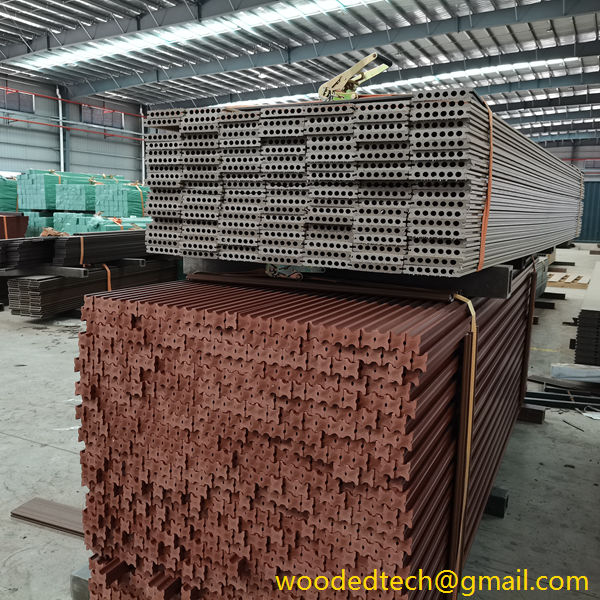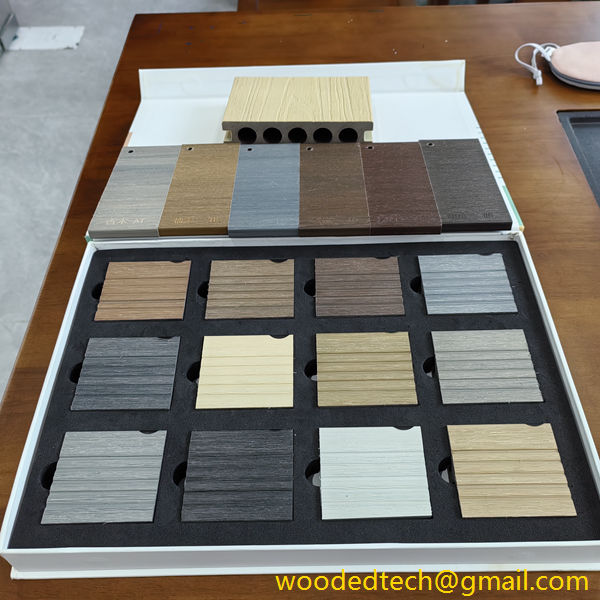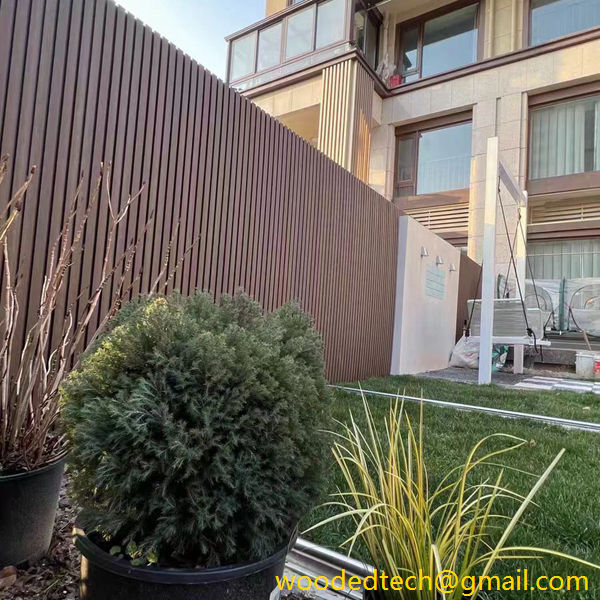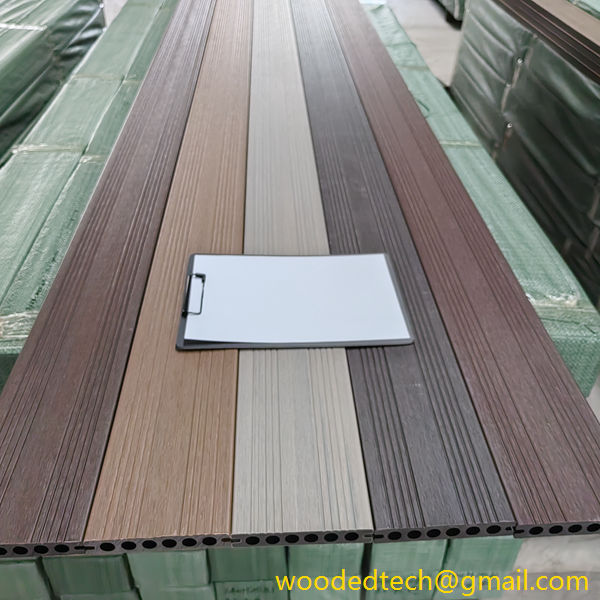Choosing the Right Outdoor Flooring for Your Space
Choosing the Right Outdoor Flooring for Your Space When it comes to choosing the right outdoor flooring for your space, the decision can often feel overwhelming due to the myriad of options available. The right outdoor flooring not only enhances the aesthetic appeal of your outdoor areas but plays an integral role in functionality and…
Choosing the Right Outdoor Flooring for Your Space
When it comes to choosing the right outdoor flooring for your space, the decision can often feel overwhelming due to the myriad of options available. The right outdoor flooring not only enhances the aesthetic appeal of your outdoor areas but plays an integral role in functionality and safety. Whether you are designing a patio, balcony, pool area, or garden path, understanding the various material styles—each with its unique characteristics, benefits, and drawbacks—can assist in making an informed choice that aligns with your vision.
Natural Stone is one of the most popular outdoor flooring materials due to its timeless elegance and uniqueness. Options such as granite, limestone, slate, and travertine are highly sought after. Each type of natural stone offers different colors, textures, and durability. For instance, granite is known for its durability and resistance to scratching, making it ideal for high-traffic areas. Limestone and travertine, on the other hand, provide a softer, warmer look that can create a welcoming atmosphere. However, natural stone can require more maintenance, as it may need to be sealed periodically to prevent staining and damage from moisture. Additionally, stones can become slippery when wet, so it’s important to select a texture that provides adequate traction if you’re considering it for poolside.
Pavers are another versatile option for outdoor flooring, made from materials like concrete, stone, or brick. Pavers come in various shapes, sizes, and colors, giving homeowners an opportunity to customize their spaces significantly. One major advantage of pavers is their ease of installation and repair; if one becomes damaged, it can be easily replaced without disturbing the surrounding area. Pavers also allow for good drainage, which helps prevent water pooling, a crucial aspect for maintaining outdoor areas. However, it’s essential to choose quality pavers and install them considering the local climate to avoid issues such as cracking during freeze-thaw cycles.
Wooden decking offers a classic appeal that many homeowners seek. Natural woods such as teak, cedar, and redwood are prized for their beauty and warmth. They can create a cozy atmosphere, especially around outdoor entertainment spaces. Additionally, the rich, warm tones of wood contribute to a rustic charm that artificial materials often struggle to replicate. However, wood requires regular maintenance to prevent rot, warping, and fading from sun exposure. Treatments such as sealants or stains can prolong the lifespan and maintain the appearance of wooden decks. Alternatively, composite decking has gained popularity as a low-maintenance solution that mimics the look of wood without the extensive upkeep, providing resistance to decay and fading while also being available in various colors and textures.
For those who desire a more modern look, concrete is an incredibly versatile option for outdoor flooring. Whether poured, stamped, or stained, concrete can fit a variety of styles, from minimalist to contemporary. Stamped concrete, for instance, can mimic the look of expensive materials, such as stone or brick, at a fraction of the cost. Concrete is also remarkably durable and can withstand harsh weather conditions, making it an excellent choice for regions with extreme climates. However, unsealed concrete can stain easily and may become hot under direct sunlight, so consider how it will be used when selecting a finish.
Tiles are another alternative for outdoor flooring, particularly in covered patios or areas less exposed to the elements. Outdoor tiles come in a variety of materials, including ceramic, porcelain, and stone. Porcelain tiles are especially resilient to moisture and staining, making them suitable for outdoor environments where weather can be unpredictable. They also come in an extensive range of styles, colors, and textures, allowing for creative designs. However, the installation of tiles often requires a sturdy base and expertise to ensure they are properly grouted and sealed to withstand the outdoor elements effectively.
Another option that is gaining traction in outdoor spaces is recycled materials, which can provide an eco-friendly flooring solution. From reclaimed wood to recycled rubber, these materials add a unique character to outdoor areas while also promoting sustainability. Reclaimed wood can bring historical charm to gardens and patios, while rubber flooring (often used in playgrounds and sports courts) offers excellent shock absorption and slip resistance. With a focus on environmental responsibility, more homeowners are opting for flooring that reflects their commitment to reducing waste and minimizing their carbon footprint.
Lastly, turf and artificial grass have become increasingly popular as outdoor flooring for spaces designed for recreation or relaxation. Synthetic grass provides a vibrant green space all year round, which requires minimal maintenance compared to natural grass. It creates a comfortable area for children to play or for hosting outdoor picnics and gatherings. However, it’s essential to choose high-quality synthetic grass that feels natural and can withstand weather conditions.
In conclusion, choosing the right outdoor flooring involves considering various styles and materials, including natural stone, pavers, wood, concrete, tiles, recycled materials, and synthetic grass. Each option presents its unique blend of aesthetic appeal, durability, and maintenance requirements. By assessing your specific space, climate conditions, intended use, and design preferences, you can find the perfect outdoor flooring that enhances your outdoor living experience, making it beautiful, functional, and welcoming for years to come. The investment in quality materials is not just about immediate beauty; it’s about ensuring your outdoor space is sustainable and enjoyable for future gatherings and quiet moments alike.

